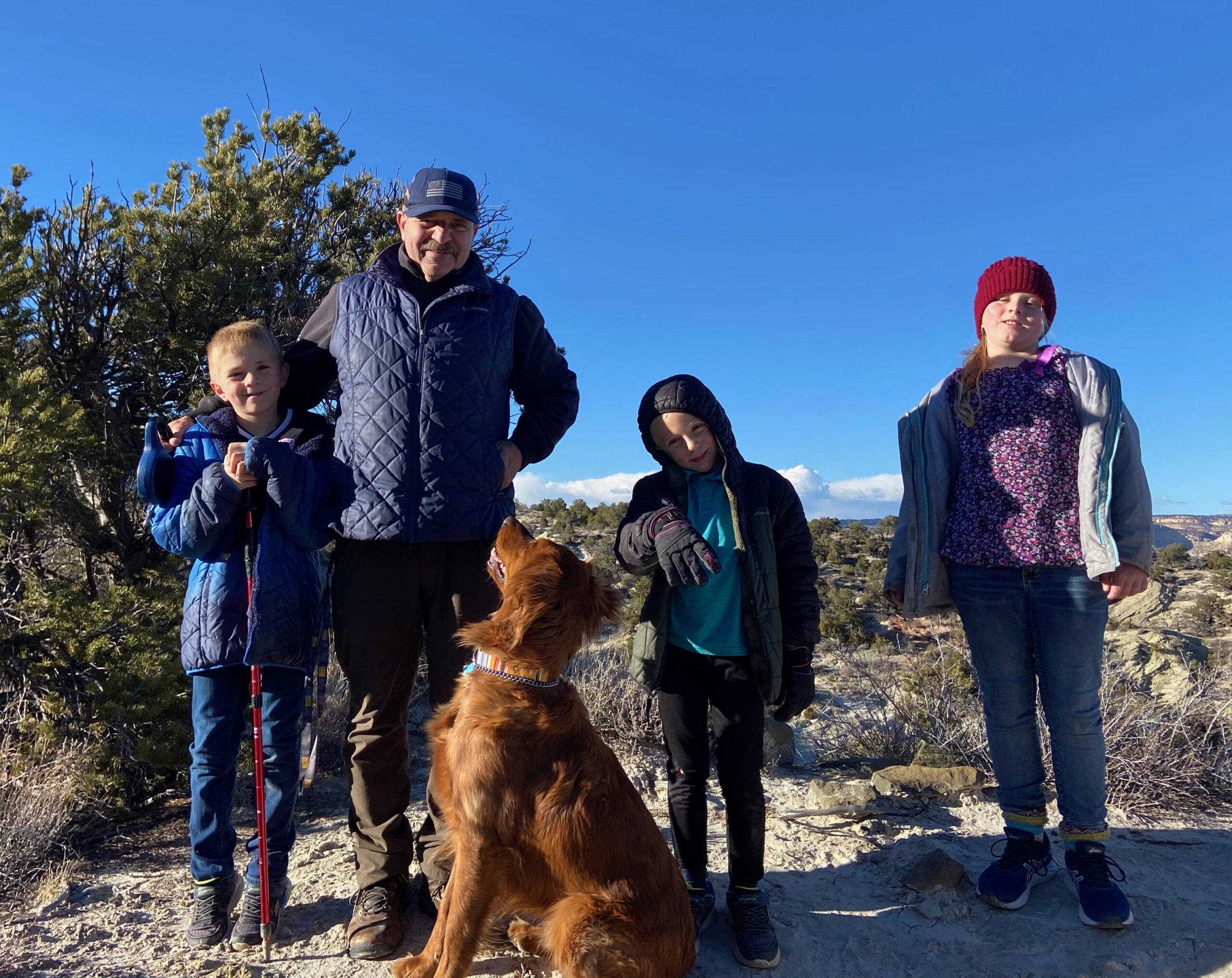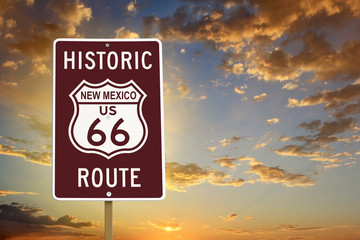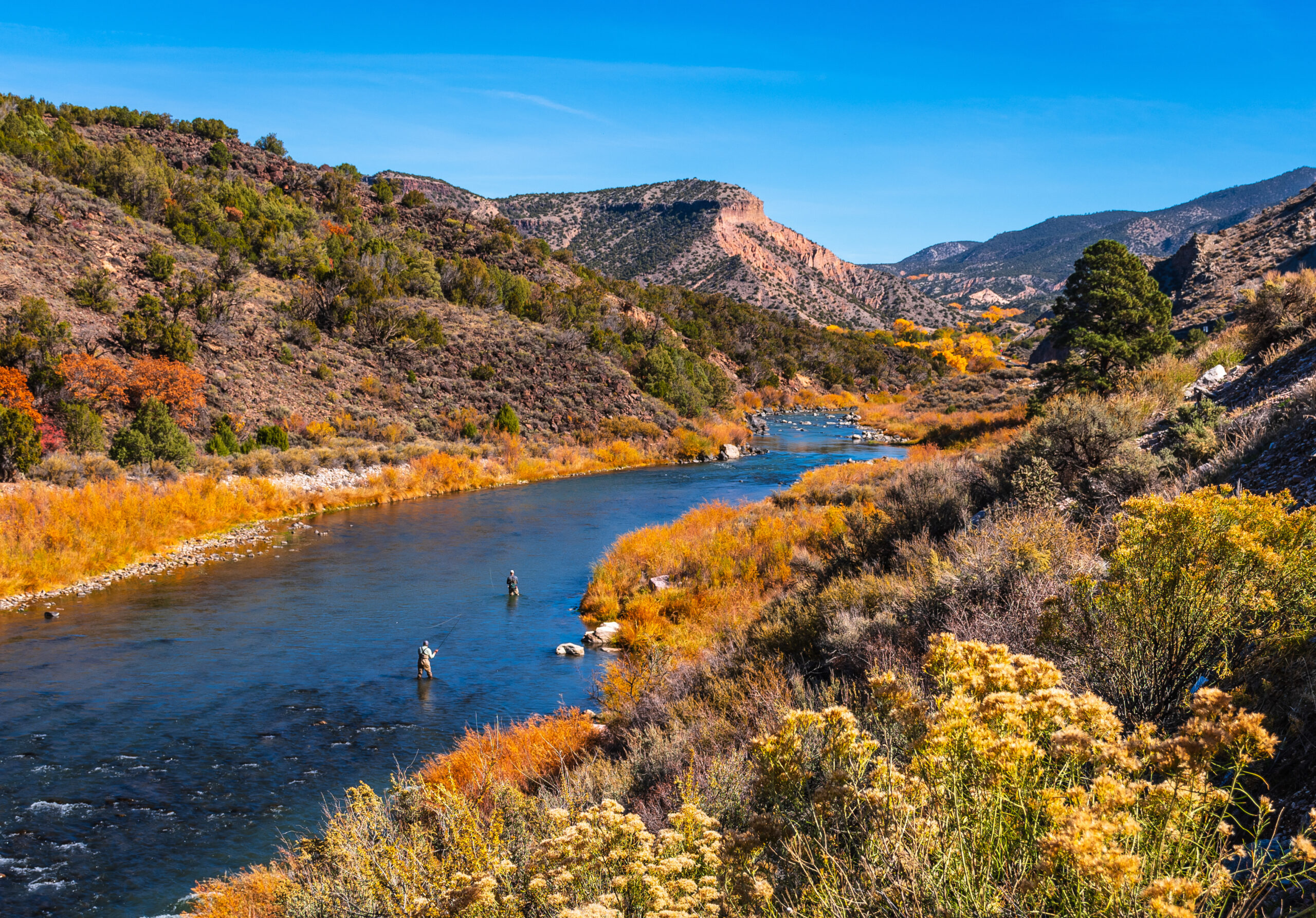Kateri College will be a coeducational school. Men and women have separate living areas either by floor or eventually by building. They will gather as a community throughout the day. We will follow a Monday through Thursday academic schedule leaving Fridays open for work internships and also for three day travel weekends.
A typical day’s schedule may look like:
6-7:30: Gym/exercise / morning prayer
8:00: Breakfast
8:30-12:15: Morning Liberal Arts Classes
12:30: Mass
1:00: Lunch
1:30-5:00 Afternoon Practical Arts Classes
3:00: Divine Mercy Chaplet
5:30: Dinner and Rosary
6-10:00: Recreation/study time
10:00: Curfew. All students in their respective dormitory residences.
While our students will study and work hard, we also want them to have leisure time to explore this amazing part of the country — the high desert area of the southwest. If nature is God’s first book, then our students will spend time living within it. Northwest New Mexico is a rural area but we are in close proximity to ski resorts, national parks, national forests, and even Unesco world heritage sites. The diverse heritages of the indigenous tribes — Dine, Apache, Zuni, Acoma, Laguna, Utes, and more — combined with the Spanish and American histories creates for a vibrant community here with deep roots.
Part of education is to know your country’s lived history and exploring the sites and wilds of the southwest offers that knowledge. What is there not to do here? Be bored!
Gallup has a bike trail system of over 30 miles. The city is planning to convert a large section to the north of town into a multiuse outdoor recreational park which will include an expansion of the current mountain bike trail system. Because of our dry, high desert climate, outdoor biking and other activities occur year round. While our temperatures can rise to the mid 90s in the height of the summer, our night time summer temperatures dip as low as the 50s. And, in the height of winter, while the lows may be in the single digits at night, as soon as the sun rises, the temperature rises often to the low 50s. Our “monsoon” season is late July into August when summer rains regularly come in the late afternoon and clear out by the morning. Click here to visit the Gallup tourism site that has more information on the biking trails.
100 miles to the northeast of Gallup is Chaco Canyon, a designated “world heritage site,” and also now a National Historic Park. Chaco was the center of trade routes for indigenous tribes from about AD 800 to AD 1200. Chaco Canyon offers hiking, mountain biking, and camping opportunities under beautiful, dark skies. Chaco Canyon is part of the Navajo Nation reservation and close to the Bisti Badlands and De-Na-Zin Wilderness area. Click here to be redirected to the National Park Services website.

Gallup offers extensive hiking and camping opportunities year round. Red Rock Park, 5 miles to the east of the town, is a 640-acre park that offers hiking and biking trails (as well as a rodeo that is active throughout the summer). Hot air balloon launches frequently occur at this park as well. 20 miles to the southeast is the Cibola National Forest with an endless number of hiking trails and camping spots. Our family enjoys hiking from a trailhead on the east side of town that goes into or above Box Canyon. We also enjoy camping and hiking in the Cibola national forest near the area of McGaffey. Click here for more information on hiking in the area.

Gallup lies along the famous US highway 66 that, as the song goes, “winds from Chicago to L.A., more than two thousand miles along the way.” While much of the original highway has decayed, the portion through Gallup remains as neon-lighted as always. V8 muscle car culture continues strong in Gallup and the diocese of Gallup has an annual “V8s for vocations” fundraiser in which a classic car is beautifully restored and auctioned every year (www.v8sforvocations.org). Classic car conventions occur throughout the summer and into the fall in Gallup and students can travel Route 66 to Winslow, Arizona, to visit the Route 66 museum and the annual Route 66 car convention.

Most people don’t associate water and fishing with the southwest. Although Gallup is a dry, arid, high desert climate without much water immediately nearby, we have access to multiple lakes and major rivers which allow for great fishing and also rafting opportunities. The San Juan river is 100 miles to the north near Farmington, NM. Bluewater State Park is 30 miles to the east. Navajo Lake State Park is 130 miles away. While farther away, the Rio Grande and Red Rivers offer both fly fishing and white water rafting. To the south is the Gila National Forest and the Gila river. Click here if you’d like more information on fishing in New Mexico.
140 miles to the east of Gallup is the state’s largest city, Albuquerque. Santa Fe, the capital, is another 90 miles to the north of Albuquerque. Both cities are rich in history and have fantastic museums, restaurants, and world class concerts. Located at 7,198 feet and founded in 1607, Santa Fe is both the highest and oldest capital city in the United States. Students have easy access to international airports, either by driving to the Sunport in Albuquerque, or flying from Gallup to the Phoenix airport. We encourage our students to explore the diverse history of this region from the ancient civilizations of the indigenous people, which continue in the native pueblos and on the reservations, to the Spanish conquistadors of the 17th to 19th century, to the American settlers of the 19th century to the present.
275 miles to the west of Gallup is Grand Canyon National Park. You will also have to pass through another National Park on your way to the Grand Canyon, Petrified Forest NP. Does the Grand Canyon even need explanation? It’s on everyone’s “bucket” list and is only 4 hours from Kateri College.
360 miles northwest of Gallup is Zion National Park and its close companion Bryce National Park. Zion offers hikers and campers majestic scenery. Quite busy in the summer, Zion is best visited in the off-season times. Our proximity to not only Zion NP but the other major National Parks of the southwest allows for our students to see these places of such beauty during the academic year when the press of tourists is less.
250 miles to the north and west of Gallup is Moab, Utah, with access to a number of National Parks —
Arches NP, Canyonlands NP, Capitol Reef NP. Moab is an outdoorsman’s destination spot and is a weekend’s trip from us.
280 miles northeast of Gallup is the artist community of Taos. Taos is a mountain town that is on a plateau above the Rio Grande and Red Rivers. Taos offers a student access to skiing at Taos Ski Valley which is part of Mount Wheeler, the highest mountain peak in New Mexico at 13,161 feet. Moving from a high altitude activity of skiing to a low altitude of river rafting, Taos also offers whitewater rafting trips on the Rio Grande. Also near Taos is the World Heritage site of Taos Pueblo — one of the oldest continuously inhabited places in the United States.